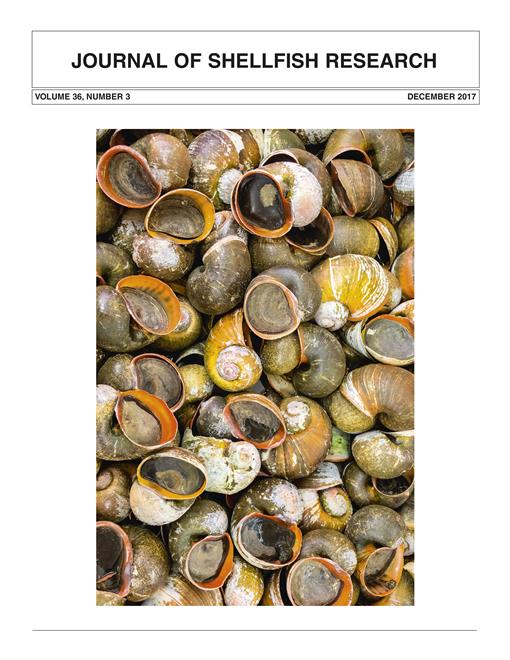Several studies have examined early development in oysters, but few have reported the normal (expected) behavior of meiosis and early mitosis or of the organization of the spindle by the centrosomes. To establish this baseline, normal development of fertilized eggs in Crassostrea virginica from meiosis until the four—cell stage using confocal microscopy was documented. To visualize the centrosomes and microtubules, eggs were stained with antibodies for γ- and a-tubulin. In addition to establishing normal development, two additional features of early development were documented. First, centrosome behavior was documented. The centrosome associated with the female pronucleus disappeared after polar body formation. The single centrosome associated with the male pronucleus duplicated by late anaphase of meiosis II to eventually form the spindle for mitosis I, thus the two centrosomes in the first cleavage were derived from the sperm. Second, linkage between the cell and centrosome cycles was established. In the first and second mitosis, centrosome duplication began at early anaphase. At late anaphase, the centrosomes duplicated and were observed as two distinct units at each pole. Asynchrony was also observed at the four—cell stage between the large and small blastomeres, with chromatin and centrosome duplication showing more advanced stages in the large blastomere. This documentation will serve as a baseline for future studies on chromosome loss in polyploid oysters.
How to translate text using browser tools
1 December 2017
Meiotic and Early Zygotic Development in Crassostrea virginica Observed through Confocal Microscopy
Hotta Masaru,
Akira Komaru,
Joana Teixeira De Sousa,
Standish K. Allen
ACCESS THE FULL ARTICLE

Journal of Shellfish Research
Vol. 36 • No. 3
December 2017
Vol. 36 • No. 3
December 2017
centrosome
cleavage
Crassostrea virginica
meiosis
microtubule
oyster




